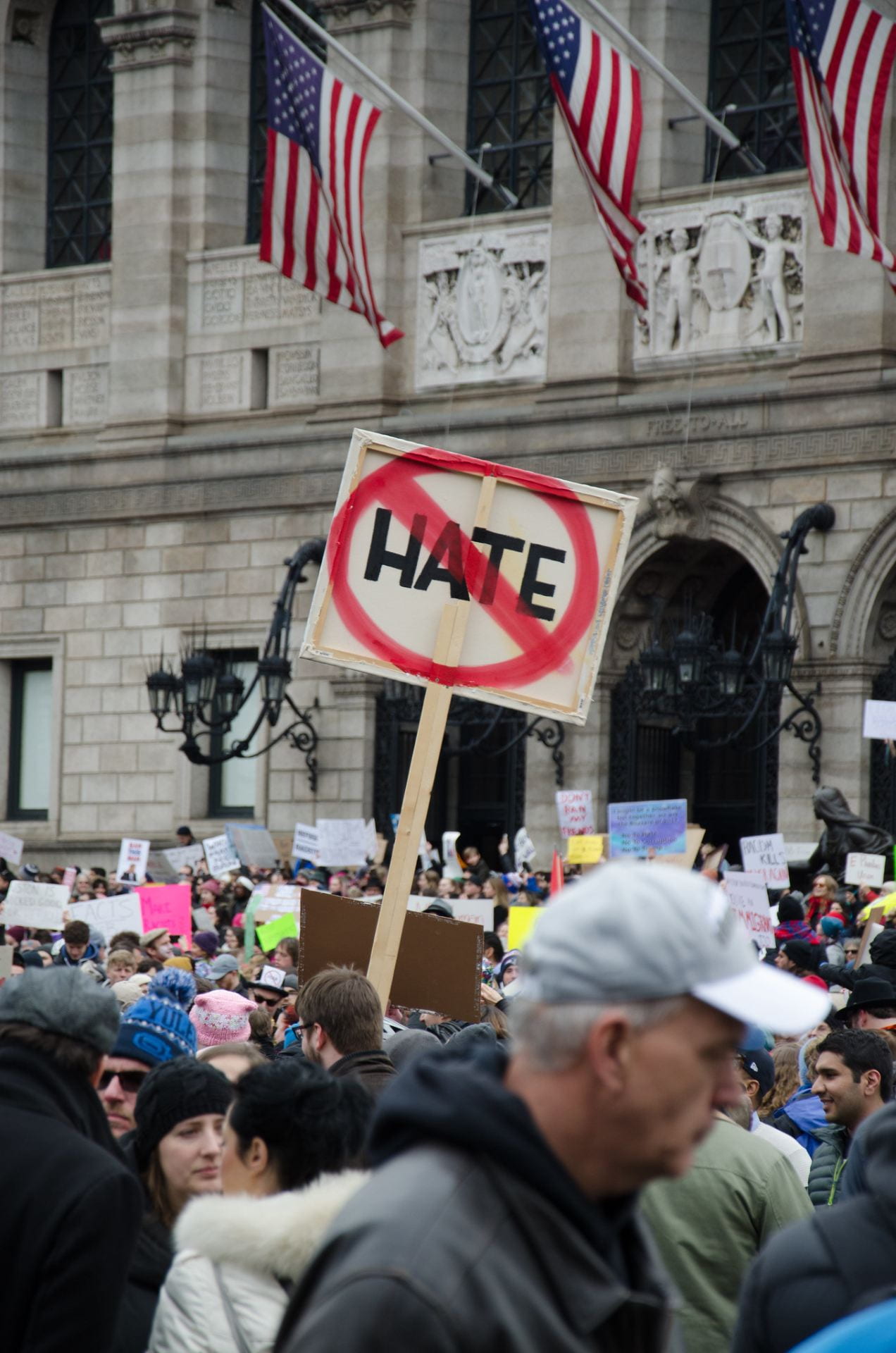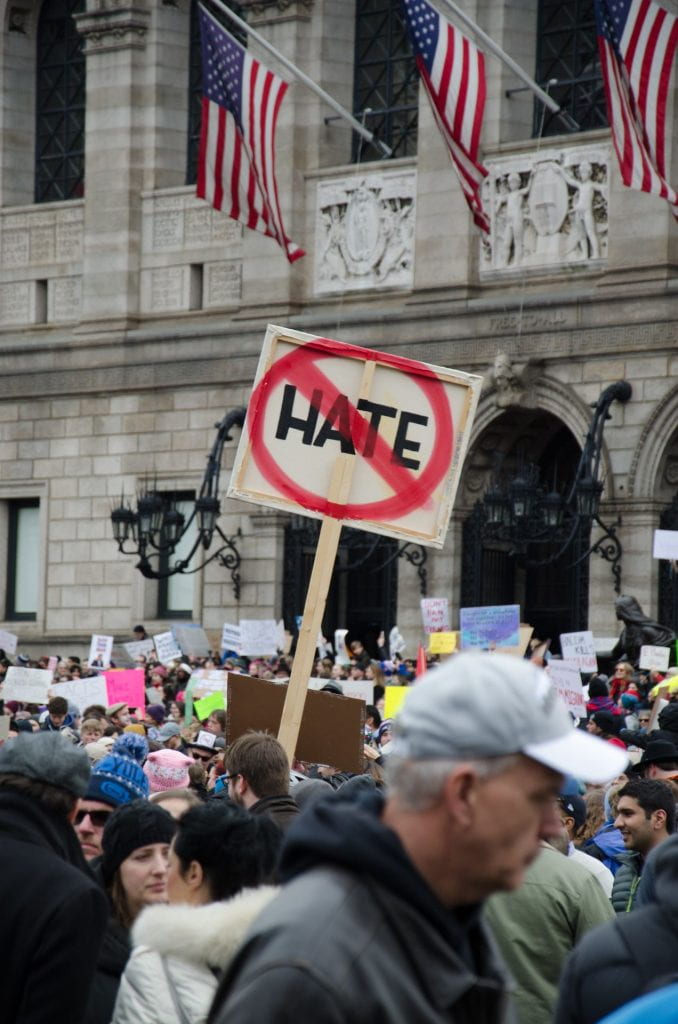
It is undeniable that hate crimes directed towards Asian Americans have been increasing throughout the COVID-19 pandemic. An organization created to respond to racism against Asians, Stop Asian American Pacific Islander Hate, has received thousands of reports of hate crimes across the United States just throughout the duration of the pandemic in 2020. This is a very large increase from previous years. Racist rhetoric surrounding the pandemic including terms like “China virus” and “kung flu” is a significant reason why these forms of hate crimes are increasing at such a rate in the United States. Many of the attacks are targeting elderly Asian Americans. In San Francisco, an elderly Thai man was attacked and later died from the injuries he sustained. In New York, one man had his faced slashed with a box cutter, a woman was assaulted in the subway, and another woman also experienced assault on the subway. Hate crimes towards many groups have been increasing in the United States for the past few years, with COVID-19 and the Trump administration providing a lenient space for hate crimes and speech.
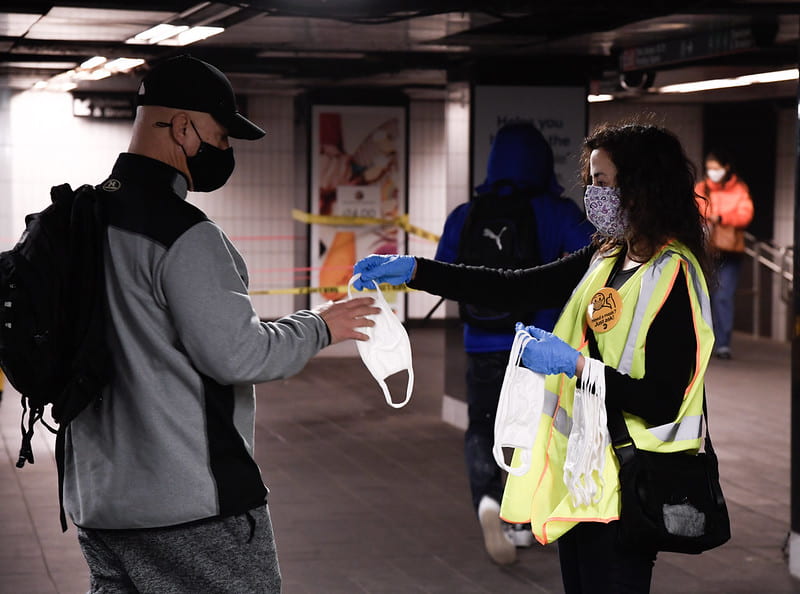
In 2020, the FBI released their annual hate crimes report for the previous year, 2019. This report showed that hate crimes rose by 3%, a number that may not seem that significant at first glance but breaks a record with the highest number of hate crimes in a year. Of the more than 7000 hate crimes reported, 51 were fatal, another record breaking number. 22 of the 51 killings motivated by hate towards another group came from a domestic terrorist attack in El Paso, Texas, a mass shooting in a local Walmart targeting shoppers of Mexican descent.
The FBI defines hate crimes as “motivated in whole or in part by an offender’s bias against a race, religion, disability, sexual orientation, ethnicity, gender, or gender identity.” It is important to realize that while the FBI’s report is key for understanding the hate dynamics in our country, it is ultimately an undercount. Many hate crimes go undocumented and even more are not categorized as hate crimes. Over 15,000 law enforcement agencies participate in reporting hate crimes. In 2019, over 86% of these agencies did not report any hate crime. The FBI report clearly shows that deadly hate crimes are increasing, however less and less agencies are reporting their data.
The categorization of hate crimes is also a major issue. For example, for the 2019 report the FBI recorded only one attack against those of Hispanic origin despite the El Paso, Texas shooting being largely recognized as an extremely deadly attack against El Paso’s Hispanic population. The deaths that resulted from the shooting were listed as “anti-other race/ethnicity/ancestry.”
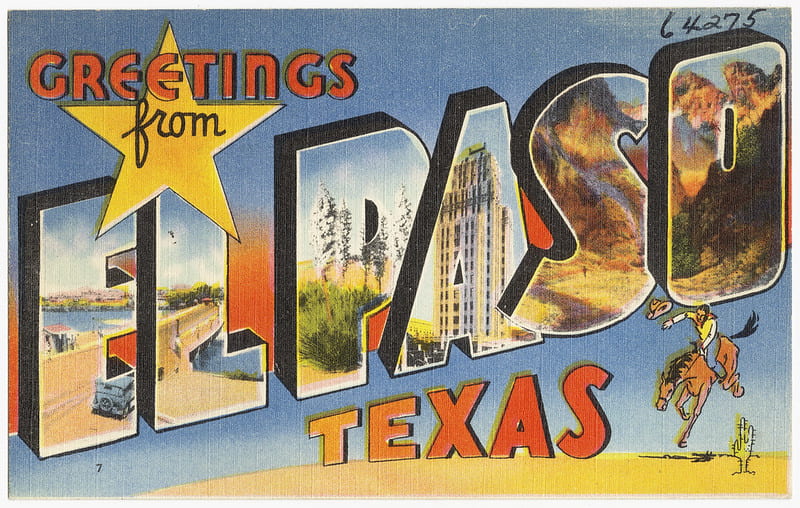
The breakdown for hate crimes in 2018 is as follows:
- Anti-Black: 2,426
- Sexual orientation or gender identity: 1,445
- Anti-white: 1,038
- Anti-Jewish: 920
- Anti-Hispanic: 671
- Anti-Muslim: 236
- Anti-Indigenous Peoples: 209
According to the National Institute of Justice, 60% of most hate crimes are motivated by racial bias. Hate speech is protected by the First Amendment, freedom of speech. Therefore, speech intended to hurt, degrade, disrespect, and discriminate against a group of people can not be punished by law. However, the language used can be used in court as evidence of a hate crime.
The Department of Homeland Security revealed in their Homeland Threat Assessment that the growing upward trend of hate crimes represent a larger threat from extremist right wing groups. The DHS report also acknowledged that the largest domestic terror threat in the United States is the threat posed by white supremacist groups. The record-breaking white supremacist attacks in 2019 created the most deadly year of domestic terrorism since 1995. In 1995 Timothy McVeigh committed a bombing in Oklahoma City, a person and act that many white supremacist leaders look up to. Violent attacks like the one in Oklahoma City and the more recent one in El Paso work to encourage more violence, causing harm to specific groups and bringing more white attention to the cause.
Conspiracy theories are a large part of white supremacy. One conspiracy theory, “The Great Replacement” claims that white people are being replaced and erased from Western countries in a plot created by Jews. This conspiracy theory was alluded to by the El Paso shooter who described a “Hispanic invasion of Texas” and by the person who attacked a synagogue in California in 2019, leaving one person dead and three others injured. The rise in hate crimes coupled with the growing presence of hate groups is not a coincidence. Between 2017 and 2019 white supremacist groups grew in numbers by 55%.
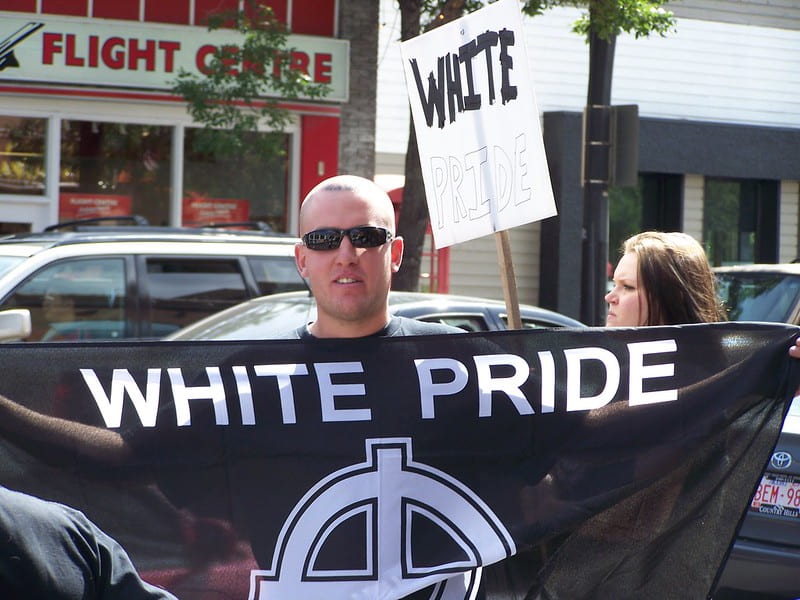
The recent increase in hate crimes also coincides with rhetoric perpetuated by former President Trump and his supporters. The words, opinions, and discriminatory speech used by the former president has been clearly identified as motivating many hate oriented attacks. An analysis of the FBI report shows that loaded remarks made by Trump are followed by increases in hate crimes and increases in hate speech on online platforms, especially directed towards Hispanic and Jewish peoples. The rhetoric used by former President Trump regarding groups of people and the COVID-19 pandemic has created a lenient space that does not punish hate speech or hate crimes. Hate crimes have been increasing, showing how harmful stereotypes and racism can truly be. It is important to recognize how and why hate crimes have been increasing in order to better address them and keep communities safe.
